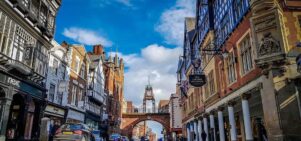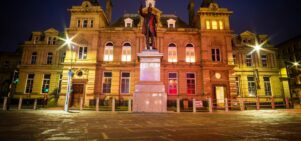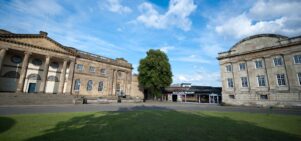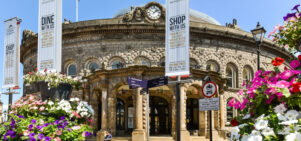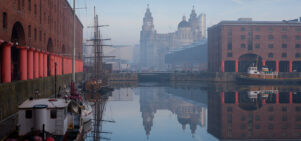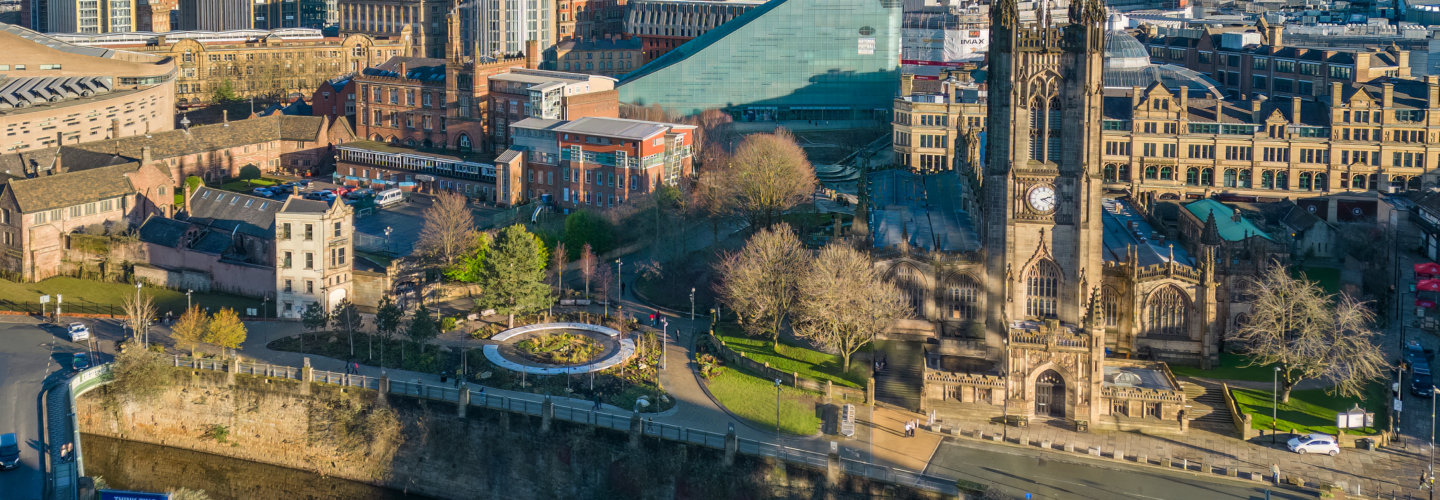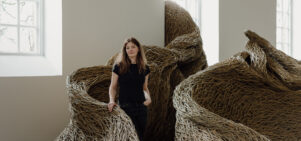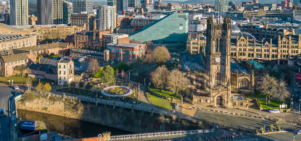Artists in the Frame: Self-portraits by Van Dyck and Others at Manchester Art Gallery
Polly Checkland HardingOver 300 years of portraiture come together for this exhibition – with a newly-acquired Van Dyck painting the highlight.
Born in 1599 to illustrious silk merchants in Antwerp, by most reckonings Sir Anthony van Dyck was making a living as an artist by the tender age of 16. He went on to work as an assistant in Rubens’ studio and then court painter to Charles I, who gifted him with a knighthood, a generous salary and a house in Blackfriars. It was at this time, in amongst painting the great and the good at Charles I’s court, that Van Dyck managed to fit in three self-portraits – and one of them has just come to Manchester.
Van Dyck’s techniques were to overshadow British portraiture until the early part of the 20th century
This rare Van Dyck is part of a wider exhibition at Manchester Art Gallery, called Artists in the Frame: Self-portraits by Van Dyck and Others. It sits with works that span 300 years, in a show that reveals the breadth of self-portraiture; close by, Sarah Lucas’ defiant Self Portrait with a Mug of Tea and Grayson Perry’s unconventional A Map of Days, where the artist is represented by a walled town, illustrate the contemporary face (sorry) of the craft. Older works from Wyndham Lewis and Adolphe Valette are on show, too, alongside the winner of the 2013 BP Portrait Travel Award, Pleating Time by Sophie Ploeg, and Julian Opie’s computer generated self-portrait, which uses algorithms to represent the artist’s breathing and blinking – but highlight remains Van Dyck’s work, which is touring the country to galleries that will curate their own setting for it amongst other works, thanks to major funding campaign.
Van Dyck’s Self-portrait was acquired by the National Portrait Gallery in 2014, following a campaign to raise the £10m needed to buy the work and keep it in Britain. This current tour – which takes the portrait to Manchester, Birmingham, Newcastle, Margate, London and Edinburgh – is a chance for the new acquisition to be seen across large swathes of the country: resplendent in a gold frame crested with the sunflower motif associated with the artist, Van Dyck depicts himself apparently in the act of painting, with one hand raised to suggest the movement of a brush. The techniques employed by Van Dyck here would, according to curator of 17th-century portraits at the National Portrait Gallery, Catherine MacLeod, continue overshadow British portraiture for over 300 years. Now, and for three months only, you can find out why.




